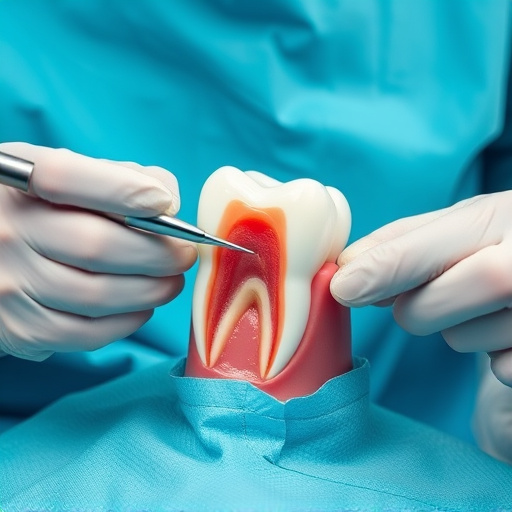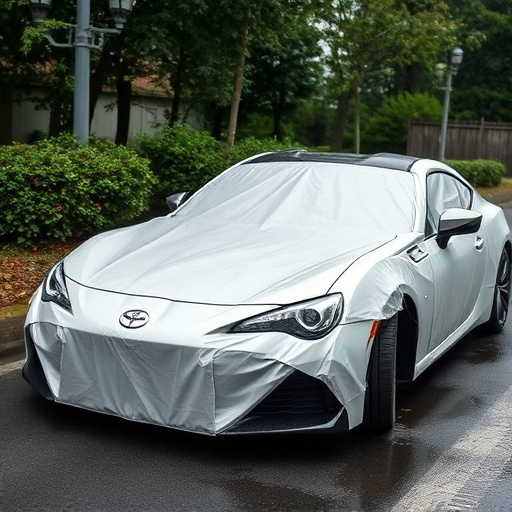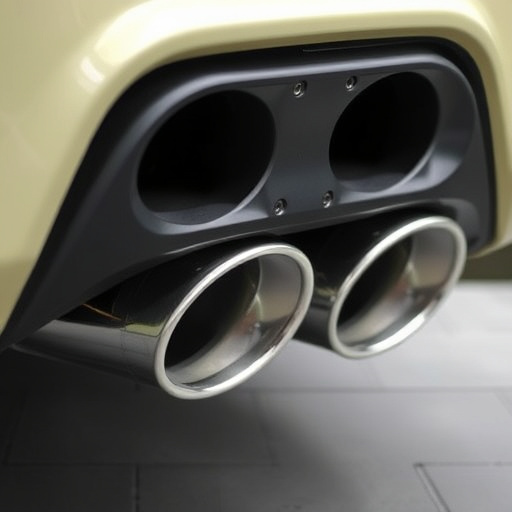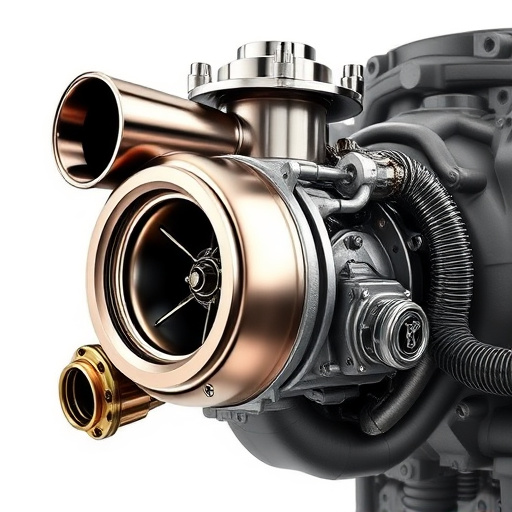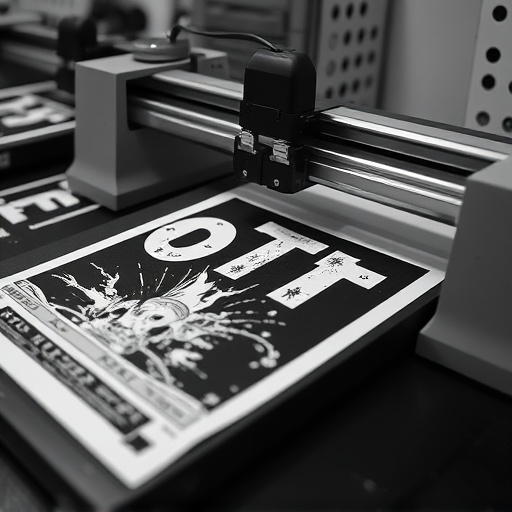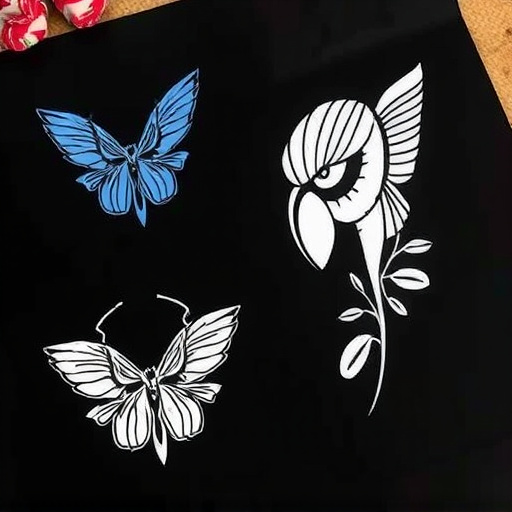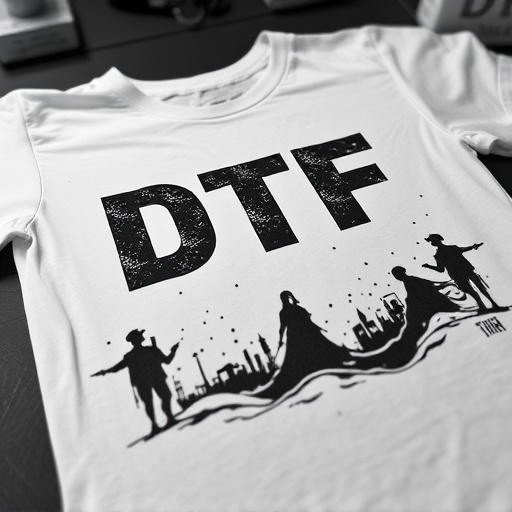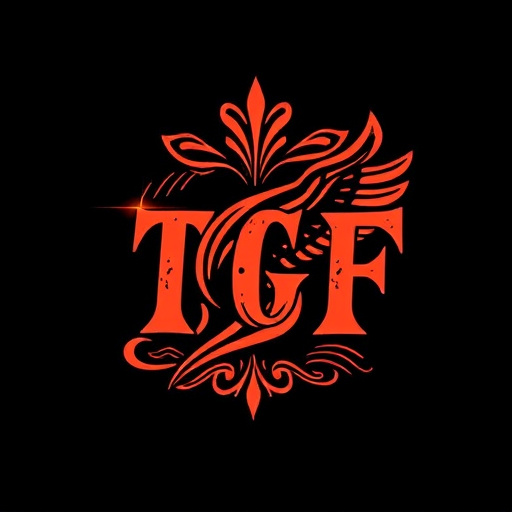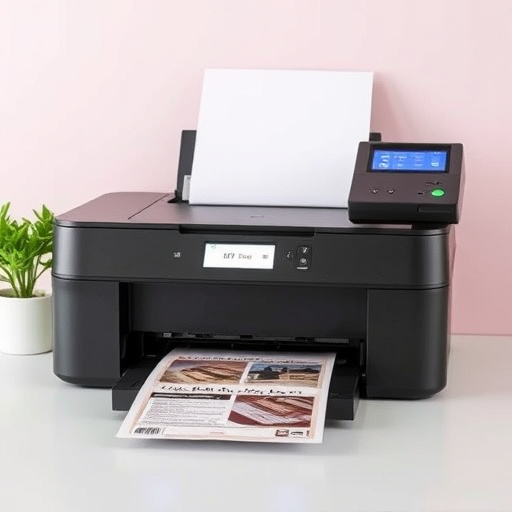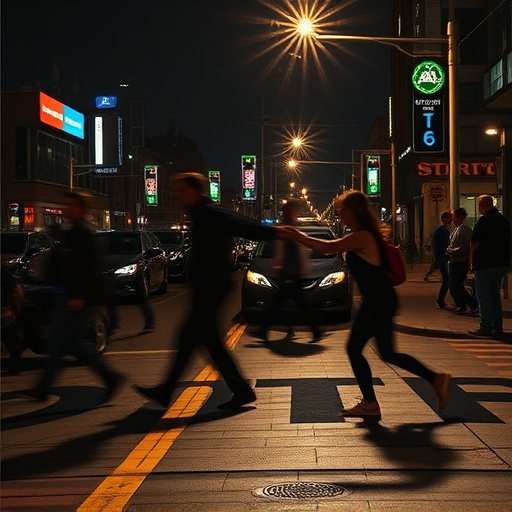DTF Custom Transfers revolutionize textile design with precision and quality, printing directly onto special paper and bonding to fabric via heat press. Effective preparation includes clean fabric surfaces, optimized designs for intricate artwork, and proper material selection. Heat press setup requires workspace organization, machine calibration, and adjusted temperature/pressure settings based on fabric type and design complexity. Designing DTF transfers involves selecting appropriate resolution, color profiles, and file formats for light fabrics, with precise placement and practice on scrap materials to fine-tune heat press settings.
Learn the art of creating custom designs with DTF (Direct-to-Fabric) transfers using a heat press. This comprehensive guide walks you through the process, from understanding the unique materials and preparation techniques to setting up your heat press for optimal results. Discover expert tips on design placement, application methods, and temperature control to ensure crisp, vibrant transfers every time. Elevate your DIY projects with DTF Custom Transfers.
- Understanding DTF Transfers: Materials and Preparation
- Heat Press Setup and Temperature Control
- Design Placement and Application Techniques
Understanding DTF Transfers: Materials and Preparation
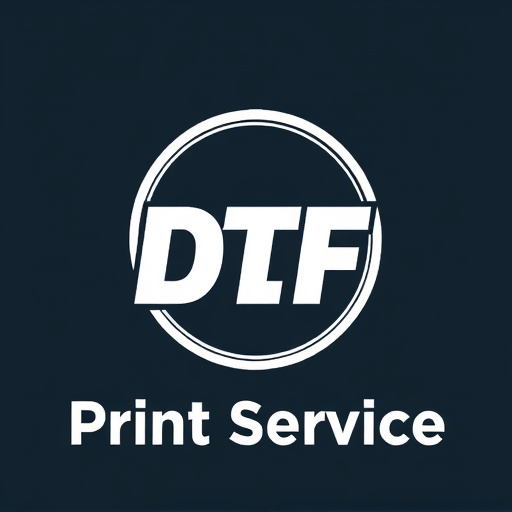
DTF (Direct to Fabric) custom transfers are a cutting-edge method revolutionizing the way we apply designs to various materials, especially textiles like t-shirts and other garments. This technology offers unparalleled precision and quality, making it a favorite among creatives and businesses alike. The process involves printing directly onto a special transfer paper using high-resolution printers, which then bonds to the fabric during heat press application.
Preparation is key when working with DTF transfers. You’ll need specialized materials, including high-quality transfer papers designed for DTF printing for t-shirts or other fabrics. Ensure your designs are optimized for this method, with sharp lines and precise details, as it allows for intricate and vibrant artwork. The surface of the fabric should be clean and free of any contaminants to achieve the best adhesion for long-lasting results.
Heat Press Setup and Temperature Control
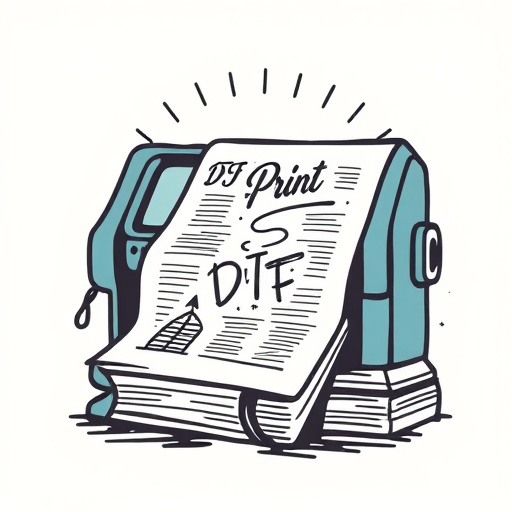
Setting up a heat press for DTF (Direct-to-Fabric) custom transfers involves careful preparation to achieve optimal results. Start by ensuring your work area is clean and organized, with easy access to all necessary tools and materials, including the heat press machine, DTF printer, transfer paper, and fabric. The heat press should be properly calibrated with precise temperature control for different fabric types. Most machines offer a wide range of temperatures and pressure settings, allowing you to customize the pressing process according to the specific requirements of your DTF transfers.
The best dtf printer and heat press combination ensures accurate transfer of designs onto various fabrics while maintaining color vibrancy and durability. Maintaining the right temperature is crucial; too high can cause scorching, while too low results in poor adhesion. Adjusting settings based on fabric type and design complexity, as guided by your machine’s instructions or testing, will yield pristine DTF custom transfers.
Design Placement and Application Techniques

When designing transfers for heat press with DTF Custom Transfers, consider the final product and the material it will be applied to. For instance, when creating designs for personalized hoodies using direct to film (DTF) printing, ensure the artwork is optimized for light fabrics. This involves choosing the right resolution, color profiles, and file format (like SVG or PNG) to preserve detail and vibrancy.
Application techniques also vary based on material. For DTF printing on light fabrics, a gentle touch is often needed to avoid smudging or damaging the design. Precision placement is crucial to ensure the transfer lines up perfectly with the desired location on the garment. Practice on scrap materials first to get a feel for the heat press temperature and time settings specific to DTF films, as these can differ from traditional vinyl transfers.
Mastering the art of using a heat press with DTF (Direct-To-Fashion) custom transfers opens up a world of creative possibilities for customizing clothing and accessories. By understanding the materials, setting up your heat press accurately, and employing effective design placement techniques, you can achieve professional-grade results. With this guide’s step-by-step approach, you’re now equipped to turn your design ideas into reality, allowing you to explore endless customization options with DTF Custom Transfers.

